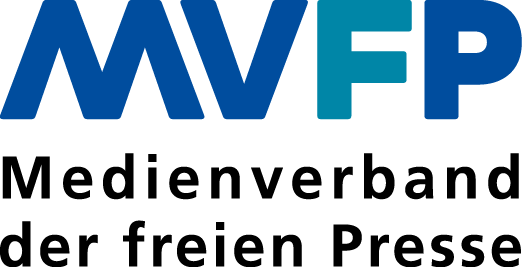UPM: „In these history-defining times, we need the certainty of print journalism more than ever“
An epoch is defined as a particular period of history, considered remarkable or noteworthy. So, I think it’s fair to say we are living through that right now. But who defines an epoch, and who writes the history?
The Washington Post coined the phrase "news is the first rough draft of history" in the 1940s. Well, if newsprint provides the first draft, it is the magazine that captures the spirit and solidifies it in our social psyche. Eight decades later, in the wake of a global pandemic, the midst of a humanitarian and energy crisis stemming from the Russia-Ukraine war, and a worsening climate emergency, people are hungry for significance to be given to the “first draft” that is unfolding on our newsfeeds - and they want it to be accurate and credible.
In an increasingly chaotic, distorted and censored digital media landscape, it falls increasingly on the credible print media to defend the integrity of the written word.
While the migration from print to digital continues, reach does not equate to relevance or accuracy. Indeed, there is a newfound appreciation, most notably among younger audiences, for the high-quality commentary and reporting that paper publications have always been trusted to deliver.
However, the worrying reality is that press freedom is in decline globally. Publishers increasingly face the risk of censorship of journalistic content shared online, exacerbated by the spread of misinformation on social media platforms. For journalists themselves, there are more safety risks while on the job, and they are increasingly being targeted online with threats of violence or digital abuse.
The digitisation of press not only exposes the people who bring us news of current events, but the very information itself: without a paper trail to corroborate the internet’s version of events, we risk leaving history open to being completely rewritten. There is a reassurance in knowing that the papers and magazines that grace today’s newsstand will always read the same, whether they are picked up that morning, in a community centre a month later, or an an official archive ten years from now. This reassurance stems from a longevity and permanency to print that is not matched by digital outlets.
UPM remains committed to securing a future for print media that is true to its reputation for being credible, high quality and trustworthy. The real opportunity for publishing and paper supply industries is to embrace this evolution in the media mix and play to our strength: quality and the values of journalism.
The quality of the paper itself plays no small part in this: the connection our minds make between holding something physical and a sense of “realness” remains strong in contrast to the digital devices that feed us with endless streams of content. The tactile experience of handling paper brings an interactive quality to reading that adds value, and some studies suggest that we remember words read on a physical paper much better than something we have read on a screen.
Digital has brought immediacy to news gathering and has provided citizens with the opportunity to share their experiences and views with the world, benign or malign, unfiltered. What is real, what is fake, what is news or propaganda, is imperceptible. That is why I believe that we need print, now more than ever, to satisfy the growing need for trustworthy reporting and analysis in a rapidly changing media landscape. It speaks to the very foundations that underpin democratic society. There is no-one else who can be relied upon to analyse, write and consolidate a fair and balanced "first draft" of this epoch.


